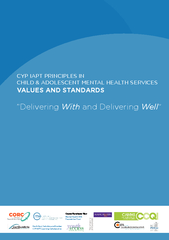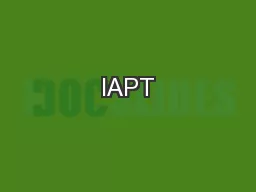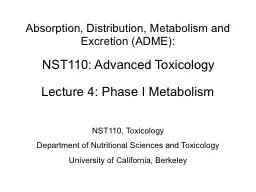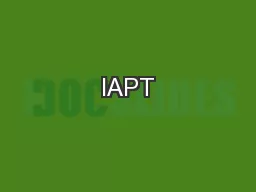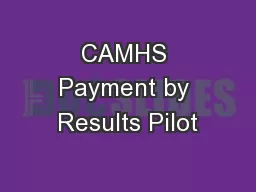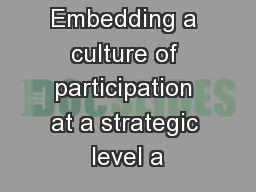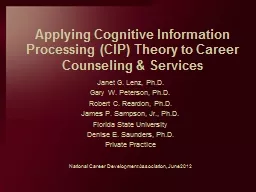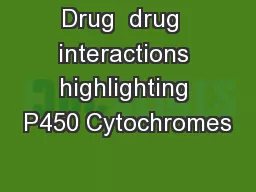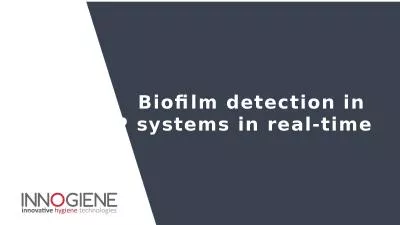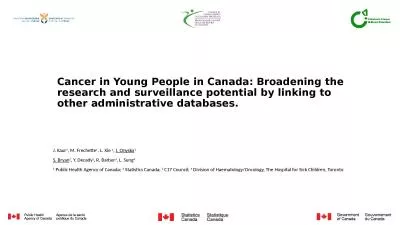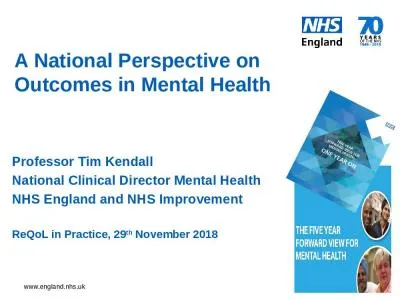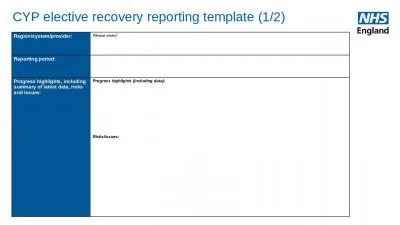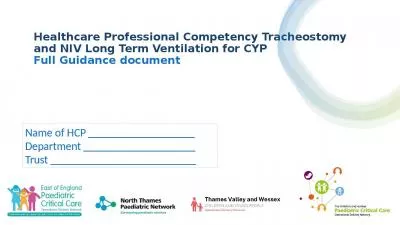PDF-CYP IAPT CIP LES N CH LD ADOLES EN MEN TA L HE TH SER
Author : debby-jeon | Published Date : 2015-05-26
This transformation is being eected by t Training existing CAMH sta in targeted and specialist services in an agreed standardised cur riculum of IC approved and
Presentation Embed Code
Download Presentation
Download Presentation The PPT/PDF document "CYP IAPT CIP LES N CH LD ADOLES EN MEN ..." is the property of its rightful owner. Permission is granted to download and print the materials on this website for personal, non-commercial use only, and to display it on your personal computer provided you do not modify the materials and that you retain all copyright notices contained in the materials. By downloading content from our website, you accept the terms of this agreement.
CYP IAPT CIP LES N CH LD ADOLES EN MEN TA L HE TH SER: Transcript
Download Rules Of Document
"CYP IAPT CIP LES N CH LD ADOLES EN MEN TA L HE TH SER"The content belongs to its owner. You may download and print it for personal use, without modification, and keep all copyright notices. By downloading, you agree to these terms.
Related Documents

